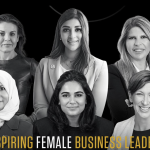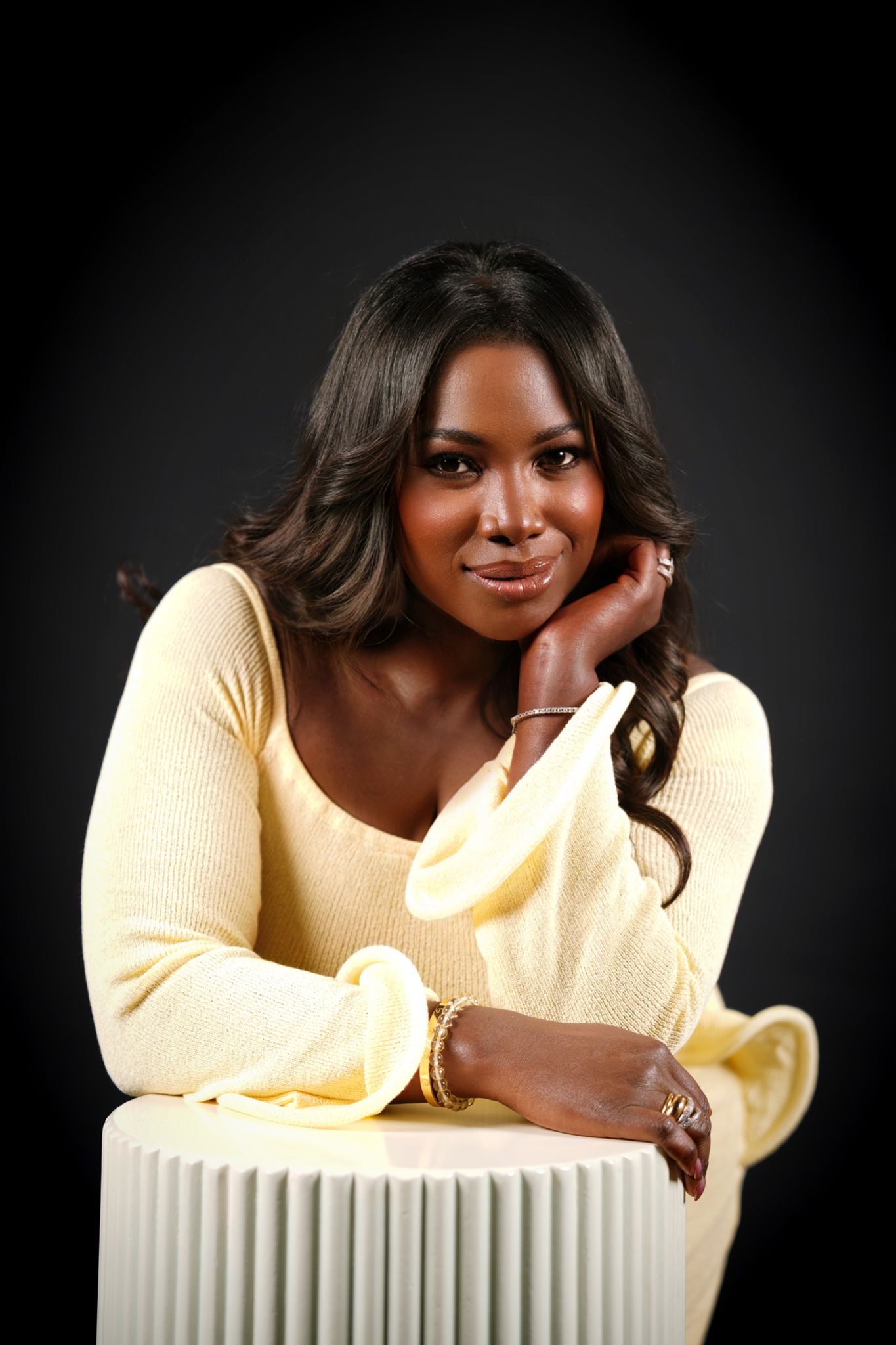
Want to grow your small business? Acquisitions can help you efficiently break into new markets, expand your customer base, and increase your offerings without building them yourself. It helps diversify your portfolio of products or services, which reduces risk and helps your company be more resilient to economic uncertainty.
But there are risks, too. There may not be a cultural fit between the two companies. The due-diligence process may not reveal potential problems, including legal, regulatory compliance, and financial issues. The acquisition may be poorly executed, leading to operational problems and the loss of key personnel. The purchase may be expensive, leaving the acquiring company with excessive debt.
Robyn Streisand, CEO of The Mixx, a strategic creative agency, began growing by acquiring complementary businesses. She reduced her risk by purchasing companies she had worked with for years. Creative Captain Group was her second acquisition.
Version 1.0 Of The Mixx: A Strategic Creative Agency Is Born And Focused On DEI
Back in 1997, long before others realized that a strategic creative agency could build a business by strategically connecting brands with diversity, equity, and inclusion (DEI), Streisand did. Interest in DEI grew, as did The Mixx.
Interestingly, Streisand thought certification as a woman-owned business was for office furniture and IT staffing companies, not creative businesses. “[Back then,] there weren’t a lot of companies that knew what certification was or meant, especially in the marketing media and communication space,” she said. But her client, Greta Davis at Time Warner, for whom she was developing its first-ever supplier-diversity program, asked her to get certified. So she did.
Version 2.0 of The Mixx: Growth Through WBENC And NGLCC Certification
Since then, she’s become a huge proponent of certification. You have to get to the table to be considered for a contract with a large company, and that’s just not happening enough for lesbian, gay, bisexual, transgender, queer or questioning, intersex, asexual, and more (LGBTQIA+)-, minority- and women-owned businesses. Corporate America and government have a significant role to play in helping underrepresented entrepreneurs grow their businesses.
Growth through certification became Streisand’s 2.0 version of The Mixx.
“The Mixx’s core competency is serving underrepresented communities, whether it’s women, LGBTQ, African American, Asian, Hispanic,” said Streisand. Campaigns can be aimed at internal or external audiences. The Mixx builds the bridge from the brand to the target market by diving deep into research to reveal new insights into what and how to communicate. The Mixx then quantifies the return on investment (ROI) on the campaign.
Version 3.0 of The Mixx: Growth Through Strategic Alliances
In 2014, Streisand launched the first-ever collective of certified LGBTQ-, minority-, and women-owned businesses called Titanium Worldwide. Titanium was created as a growth strategy for The Mixx. “We were being asked to compete for RFP opportunities and getting eliminated in the first round because we were too small,” said Streisand. The collective was version 3.0 of The Mixx.
Agencies are certified-diverse with Women’s Business Enterprise National Council (WBENC), National Minority Supplier Development Council (NMSDC), or National Gay & Lesbian Chamber of Commerce (NGLCC), and any spend counts towards a corporation’s supplier-diversity objectives. Capabilities include consulting, strategy, marketing, communications, creative, execution, media, engagement, technology, and analytics. Each agency operates with a shared mindset and a common way of working together.
“For the first three or four years, we were the shiny toy,” said Streisand. “RFPs were coming in left and right.” Brands were focused on multicultural marketing. Before you knew it, Titanium had under its umbrella 23 agencies that are all independently owned and operated. A few years later, Titanium won its first agency of record (AOR).
Now corporations want their agencies to be streamlined, more cost-effective, agile, and nimble. From an operations perspective, doing this with independent companies took much work. Streisand began to understand why creative agencies buy other agencies.
Version 4.0 of The Mixx: Growth Through Acquisition
The Mixx and Captain Creative Group were doing a ton of work together. “We are two agencies that put relationships first,” said Streisand. “For 26 years, The Mixx has been working to help create the world we want to live in–to help brands realize that DEI isn’t just a moment in time, but a movement. Captain Creative’s founder and CEO Lisa Foti and I have been lifelong friends and collaborators in inclusivity and creativity.”
Captain Creative brings industry experience in experiential events, marketing communications, and production design for life sciences, technology, and consumer brands. Both agencies take an audience-centric, human-focused approach to marketing.
Streisand is the visionary. Her talent is seeing what’s down the road. Foti’s core competencies are operations, resourcing, setting up teams, and scaling. “We were doing so much work together, and it just became the natural evolution of our relationship.”
“Robyn came to me at the end of last year and said it just makes sense for us to work more closely together,” said Foti. “I was basically working half-time for my company and half-time for Titanium and The Mixx. It is an opportunity to work together to create something bigger.”
“I love working with the Mixx team and Titanium members,” said Foti. “It is a match made in heaven.” They each get to do what they love doing and are good at. And the icing on the cake is that it is an opportunity to collaborate with like-minded people, people you know and trust. “I trusted bringing my clients and team to The Mixx,” she said.
Integrating the systems and technology of two different companies takes work. But they are not even six months into the merger and are about 85% there.











